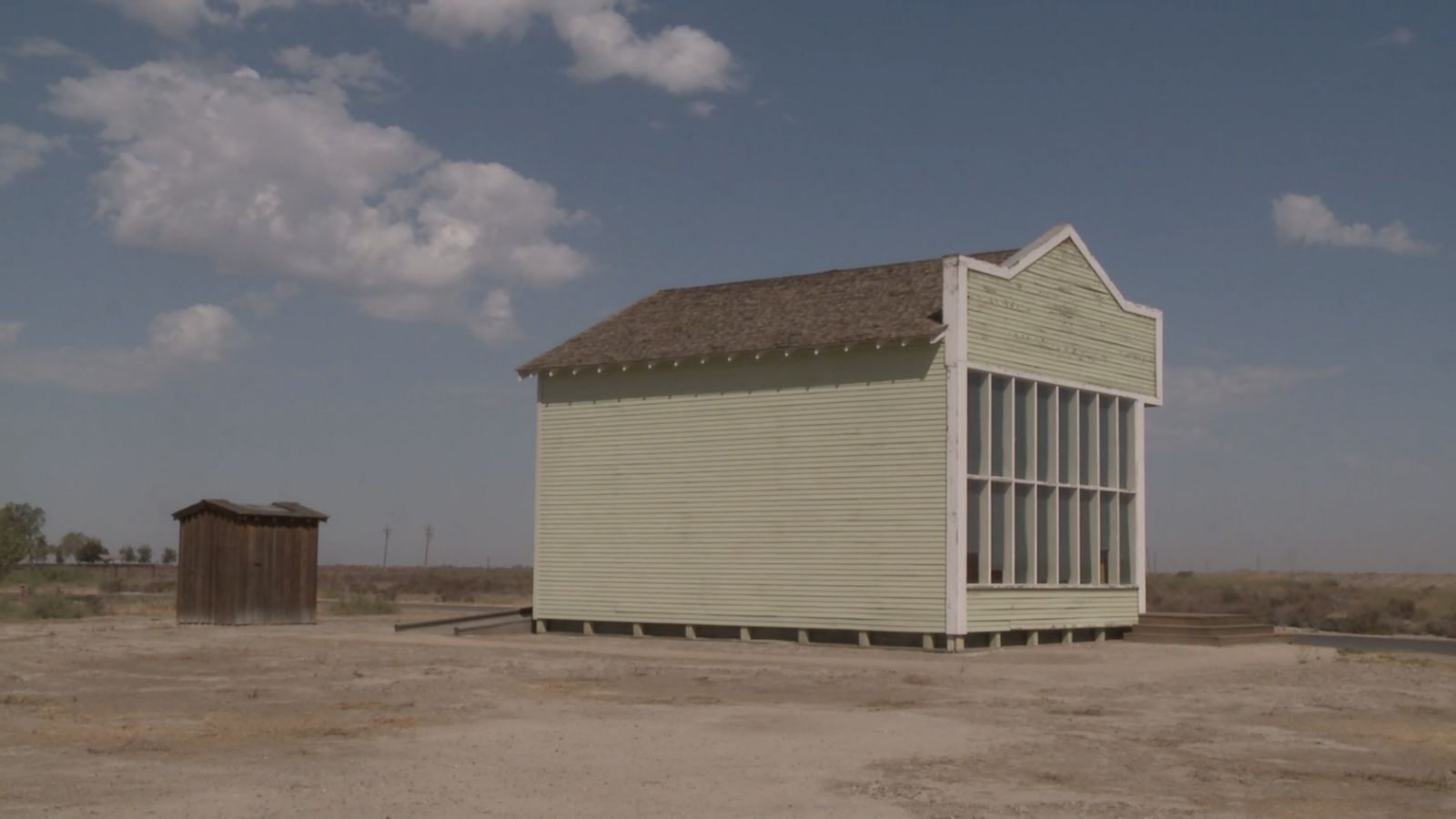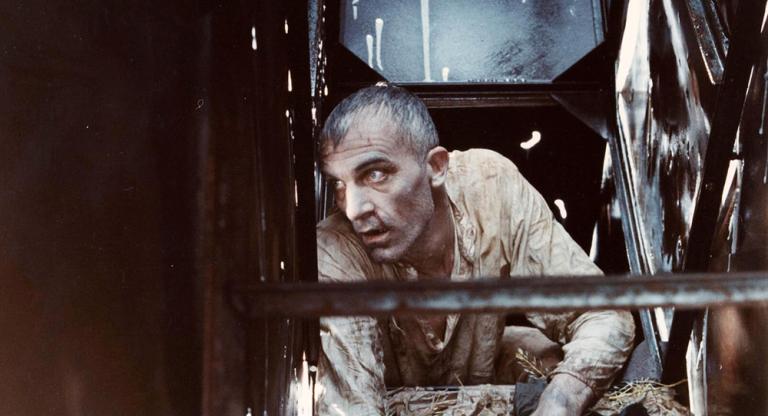Throughout his four-decade-long career, James Benning has investigated the political function of stillness. His latest film, Allensworth (2022), follows in this tradition. Composed of twelve static shots, each lasting over five minutes, Allensworth demands the spectator’s attention and patience. In return, it offers powerful contemplation on the foundational injustices of American history.
Allensworth, the film’s namesake, was the first town in California founded, funded, and governed by Black Americans. Colonel Allen Allensworth—a retired U.S. Army officer who had been born into slavery—purchased the land for the town in 1908, pursuing a vision for a Black community living free from racial discrimination. While the town thrived for half a decade, its efforts towards self-determination were soon thwarted by the realities of infrastructural and institutional racism.
Chronicling each month of the year through a different fixed-frame composition, Benning captures Allensworth’s now-memorialized site (it was restored and established as a state park in 1973.. Viewers are presented with desolate shots of pastel- and gray-colored wooden homes, a church, a single-story school building, a library, a hotel, and a cemetery, all built between the years of 1908 and 1916. The landscape’s emptiness communicates a profound sense of abandonment, making even the slightest of movements perceptible. “Nothing moves and then when something moves, it jumps off the screen,” Benning said of this technique in a 2009 interview. Leafless branches and American flags sway in the wind, weather patterns demonstrate the passing of time, and changes of light take on dramatic dimensions.
Benning notes that while “aesthetics can perceive what is going on in a less political way than it should be perceived . . . duration is what helps bring the political back into the shot.” In Allensworth, the predominance of long and quiet takes means that sound acquires a greater significance. Seventeen minutes into the film, the first noise to puncture almost total silence is a train horn, which recalls the demise of the town’s utopian ambitions: in 1914, the Santa Fe railroad company relocated its train station ten miles away to a white town. This move, along with severe droughts and the rerouting of water to white farmers, effectively brought Allensworth to economic ruin. (Present-day Allensworth still struggles with water provision, with recent discoveries of arsenic in the water supply.)
Later in the film, two iconic songs—Nina Simone’s “Blackbird” and Huddie Ledbetter’s ”In The Pines”—accentuate Allensworth’s haunting beauty and further break its eerie silence. The month of August, however, marks the greatest departure from the established landscape. The camera is positioned inside a classroom, focusing on a person for the first and only time in the film. Faith Johnson, a young Black schoolgirl dressed to resemble Elizabeth Eckford of the Little Rock Nine, recites the words of Lucille Clifton: “We have never hated Black. We will always love us.”
Allensworth screens this evening and tomorrow, October 8 and 9, at the New York Film Festival, preceded by two shorts by Kevin Jerome Everson. Both Everson and James Benning will be in attendance for conversations following the screenings.



